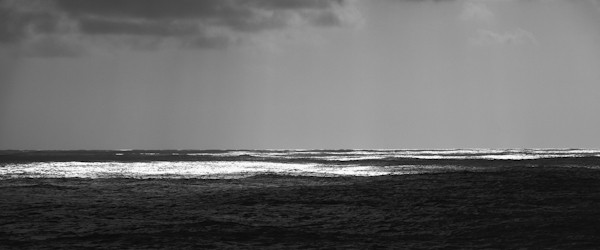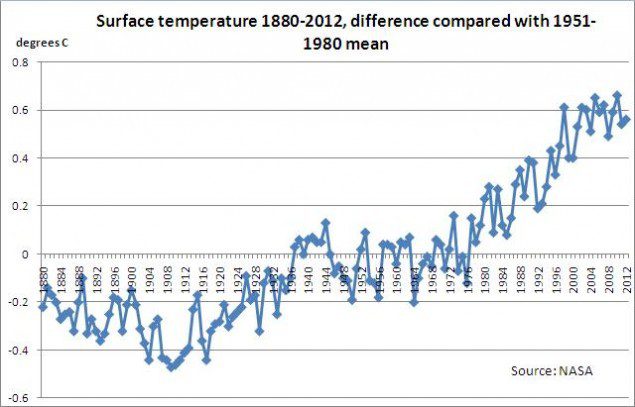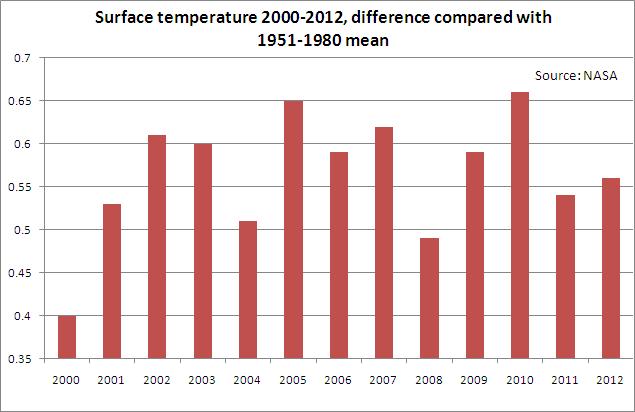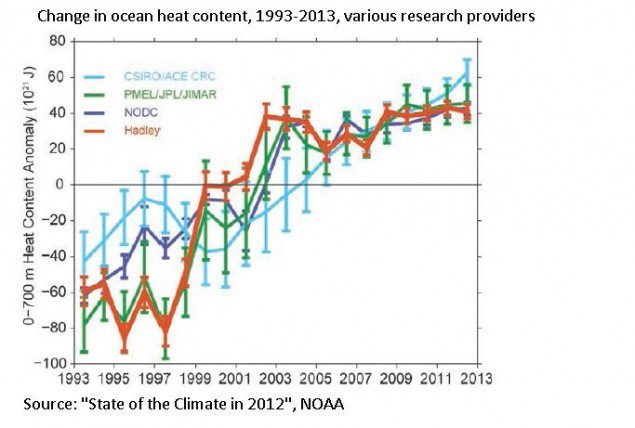Major Cocaine Bust: UK Border Force Seizes Record Shipment at London Gateway
In one of the UK’s largest drug seizures of the past decade, UK Border Force officers have seized cocaine with an estimated street value of £96 million (USD 130 million)...


![]() By Gerard Wynn
By Gerard Wynn
LONDON, Aug 16 (Reuters) – The world’s oceans have absorbed more than 90 percent of global warming since the mid-20th century, making accurate measurements of deep ocean temperatures vital to predicting how much global temperatures and sea levels are going to rise.
In 1999, a group of 30 countries launched the Argo programme as the first global, subsurface ocean observing system.
It will improve on the earlier patchwork of observations dating as far back as Britain’s HMS Challenger in 1873, which dropped a weighted thermometer overboard on a hemp line 8 millimetres thick.
The Argo floats are rather more sophisticated with an inflatable chamber and a pump that changes the buoyancy of the float by changing its volume. It can sink from the surface to 2,000 metres depth and then resurface, measuring temperatures and salinity as it goes.
The data so far confirm a warming trend in the oceans over the past century.
Significantly, two recent publications suggest that the deep oceans have warmed particularly quickly in the past decade.
That is important because it may help explain a recent lull in surface warming and so confirm that greenhouse gas emissions are still warming the Earth as much as previously predicted.
SUBMERSIBLE
There is consistent evidence that the world is absorbing more heat than it radiates back into space, mostly because of manmade greenhouse gases, which absorb infra-red radiation and prevent it from leaking back into space.
Measuring changes in ocean temperatures over time will help quantify that energy imbalance.
Argo data can also add detail to the expected impact on world temperatures from greenhouse gas emissions by helping unpick contributions from other sources such as volcanoes, solar cycles and other manmade pollution.
The initial goal of the Argo programme was to obtain more than 100,000 profile observations per year, each from zero to 2000 metres in depth, from 3,300 floats spaced evenly across the globe.
The 30 countries achieved the 3000-float array in late 2007 and have maintained that number since then, according to the recent “State of the climate in 2012”, published in the Bulletin of the American Meteorological Society.
Each profile of ocean temperature and salinity is recorded in a 10-day cycle and subsequently transmitted via satellite.
There are some caveats regarding the results derived so far.
Argo is a recent dataset and so may not be able to distinguish longer natural cycles of ocean warming. And there are difficulties comparing observations before and after the Argo data because of differences in sampling method, instrument and geographical distribution.
In addition, there were initial problems with reliability of the Argo data, which meant accurate conclusions could only be drawn from 2005, and some instrument errors may remain undetected.
LULL
The Argo data still can help resolve the issue of a lull in the past decade of warming at the Earth’s surface, where measurements are taken using land-based weather stations, satellites and ocean buoys.
According to those surface temperatures, 11 of the 12 hottest years in the past 150 have been since 2000, NASA data show, illustrating a clear warming trend. (See Chart 1)

But the warming trend on land has slowed in the past decade, while warming of the sea surface has stalled. (See Chart 2) Warming also seems to have slowed in the ocean to depths of around 700 metres. (Chart 3)


OBSERVED WARMING
The two recent papers based on Argo data found that ocean heat content had risen most rapidly in depths below 700 metres in the past decade.
One study ran the Argo and other historical data through models, which simulate ocean systems in a technique called re-analysis.
“The deep ocean has continued to warm, while the upper 300m OHC (ocean heat content) appears to have stabilized,” said the authors of the paper, “Distinctive climate signals in reanalysis of global ocean heat content”.
Re-analysis is often used to estimate values in complex, dynamic systems and inherently depends on the accuracy of the underlying model and the consistency of the observational data.
By necessity, the technique combines “inaccurate and incomplete observations with imperfect models, using methods and procedures that are technically and scientifically complex”, according to the U.S. National Center for Atmospheric Research’s “Climate Data Guide”.
Its strength is that it allows scientists to combine millions of observations in a single, coherent model which can be continually improved and updated.
The re-analysis study supported another paper that used raw observations alone and found that the rate of increase in heat content was slowing only to depths of about 700 metres.
“Levelling is not as pronounced in our ocean heat content to 2,000 metre estimates, indicating that heat is being stored in the 700 to 2000 metre layer.”
Such studies are at the forefront of analysis of this new trove of data and may well prove right.
The implication is that emissions are indeed warming the planet as much as scientists had thought, and the heat will eventually return to the surface. But it could take another decade of observations to be sure the oceans partly account for the recent slowdown in warming. (editing by Jane Baird)

Sign up for gCaptain’s newsletter and never miss an update

Subscribe to gCaptain Daily and stay informed with the latest global maritime and offshore news


Stay informed with the latest maritime and offshore news, delivered daily straight to your inbox
Essential news coupled with the finest maritime content sourced from across the globe.
Sign Up